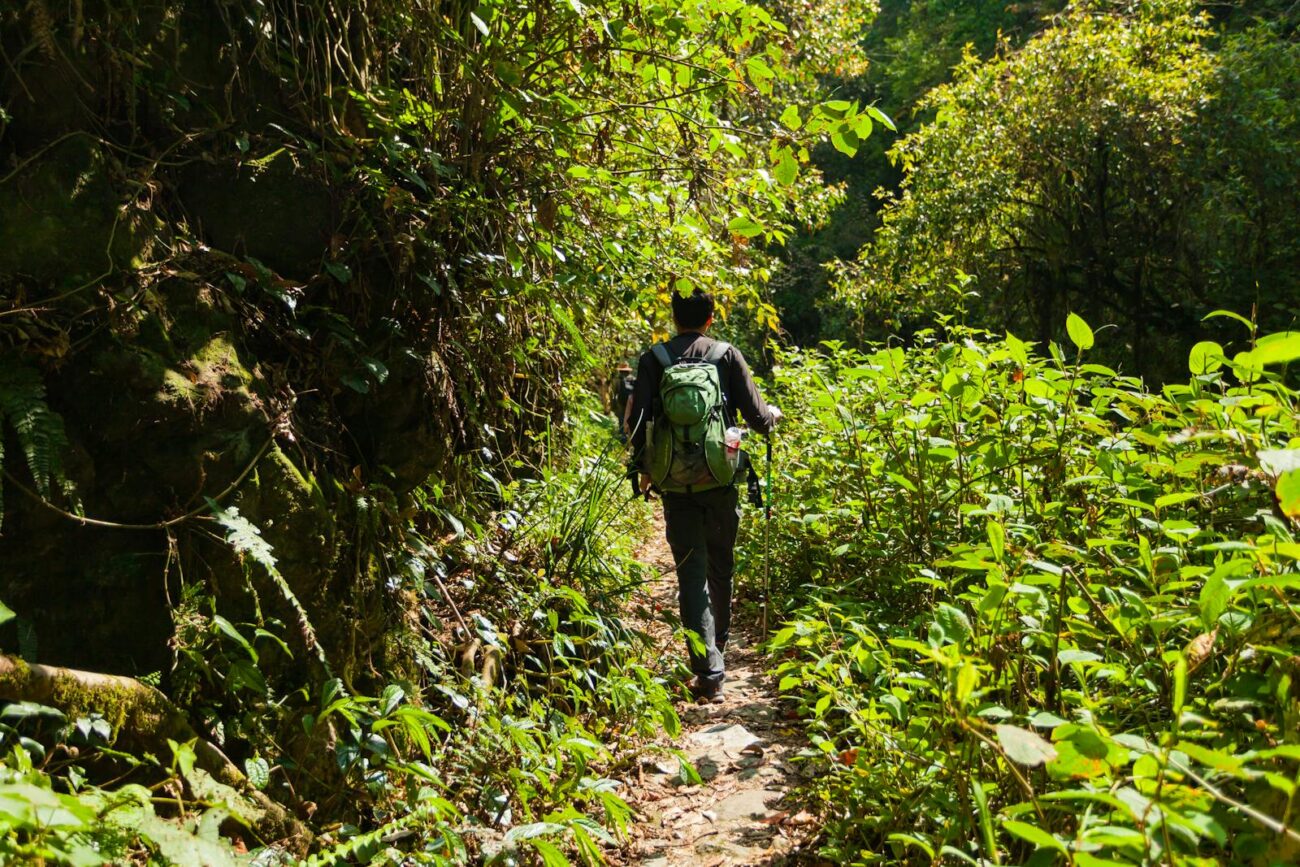When venturing into the wilderness, being prepared for medical emergencies can make the difference between a minor inconvenience and a life-threatening situation. While commercial first aid kits are readily available, creating your own lightweight wilderness first aid kit allows you to customize it to your specific needs, trip duration, and the environments you’ll be exploring. A personalized kit ensures you’re carrying exactly what you need—no more, no less—while keeping weight to a minimum, a crucial consideration for backpackers and hikers who count every ounce.
Understanding the Principles of Wilderness First Aid
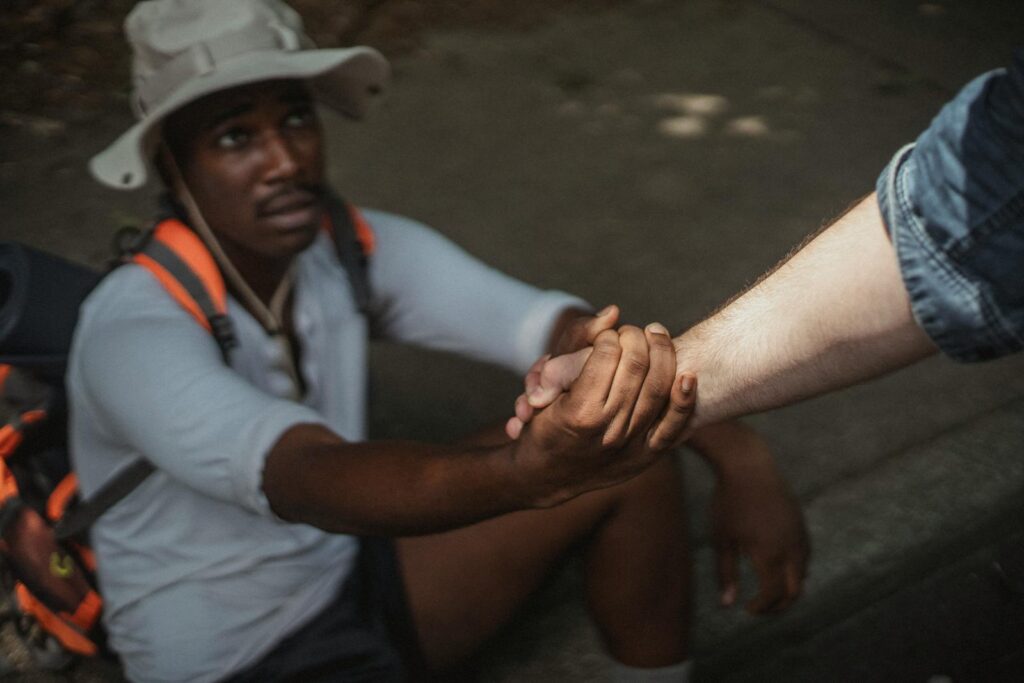
Wilderness first aid differs significantly from urban medical care, primarily because professional help may be hours or even days away. When creating your custom kit, it’s essential to understand that wilderness first aid focuses on stabilizing patients and managing conditions until evacuation is possible, rather than providing definitive treatment. The items you choose should allow you to assess situations, provide initial treatment, and maintain patient comfort during potentially extended periods before reaching advanced medical care. Additionally, wilderness environments present unique challenges like extreme weather, limited communications, and physical isolation that your kit must account for. Familiarizing yourself with these principles helps ensure your kit contains appropriate supplies for the scenarios you’re most likely to encounter.
Assessing Your Specific Needs

Before assembling your kit, take time to evaluate your personal health considerations and the specific conditions of your planned excursions. If you have pre-existing medical conditions like allergies, asthma, or diabetes, include extra medication and related supplies. Consider the group size you typically travel with, as this will affect the quantity of supplies needed. The terrain, weather, and remoteness of your destination should also influence your selections—desert trips require different preparations than alpine expeditions. Trip duration is another critical factor; weekend trips require fewer supplies than extended backcountry adventures. This personalized assessment forms the foundation of an effective wilderness first aid kit that addresses your particular circumstances.
Selecting the Perfect Container
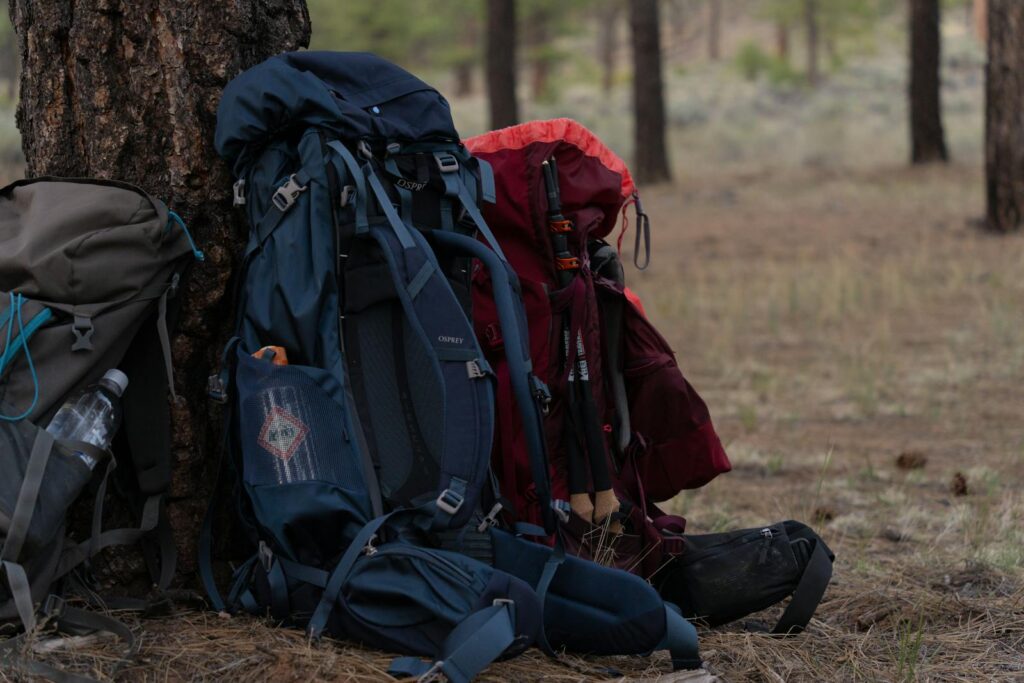
The container for your wilderness first aid kit needs to balance protection, organization, and weight considerations. Waterproof options like dry bags or sealed plastic containers protect supplies from moisture, which is essential in wet environments. Consider using color-coded or transparent containers to quickly identify contents in emergency situations when time is critical. Size matters significantly—your container should be compact enough to fit comfortably in your pack but large enough to accommodate necessary supplies. Some experienced backpackers use silicone food storage bags or vacuum-sealed bags to minimize bulk while maintaining protection. Whatever container you choose, ensure it’s clearly marked as a first aid kit so others can find it if you’re the one who needs assistance.
Essential Wound Care Supplies
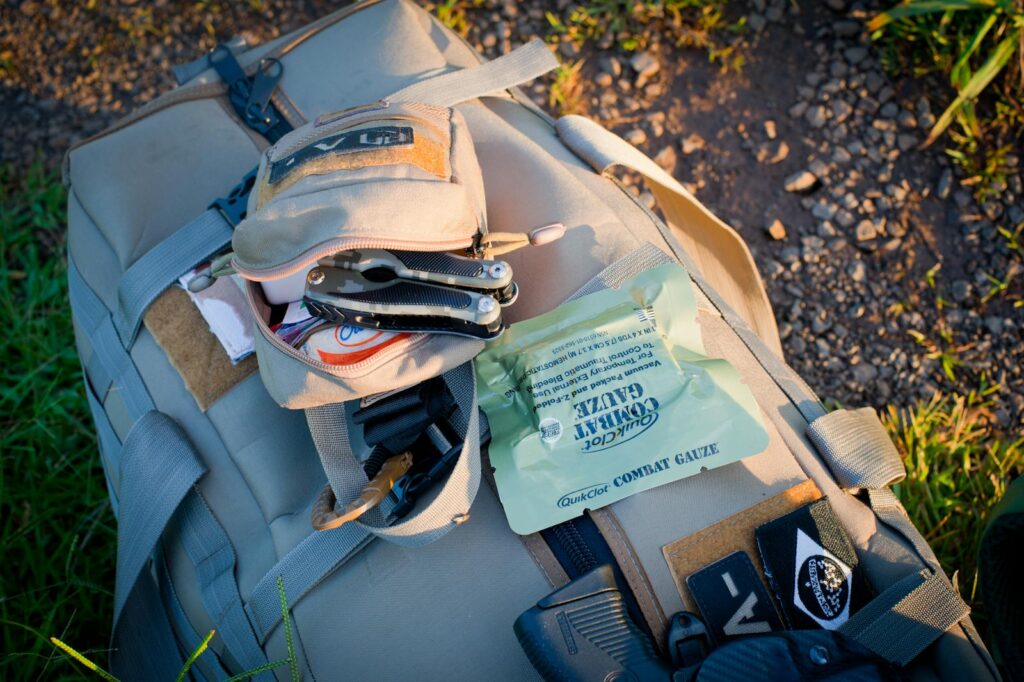
Wound management forms the core of most wilderness first aid scenarios, making these supplies non-negotiable components of your kit. Include assorted adhesive bandages for minor cuts, along with sterile gauze pads in various sizes for larger wounds. Adhesive tape and elastic wrap bandages help secure dressings in place during active movement on the trail. Consider adding butterfly closures or wound closure strips as lightweight alternatives to sutures for managing deeper lacerations. Antiseptic wipes or small bottles of antiseptic solution are crucial for cleaning wounds in backcountry settings where infection risks are heightened by limited hygiene options. Always pack non-latex gloves to maintain cleanliness when treating wounds and to protect both the caregiver and patient from potential cross-contamination.
Medication Selection for Wilderness Environments
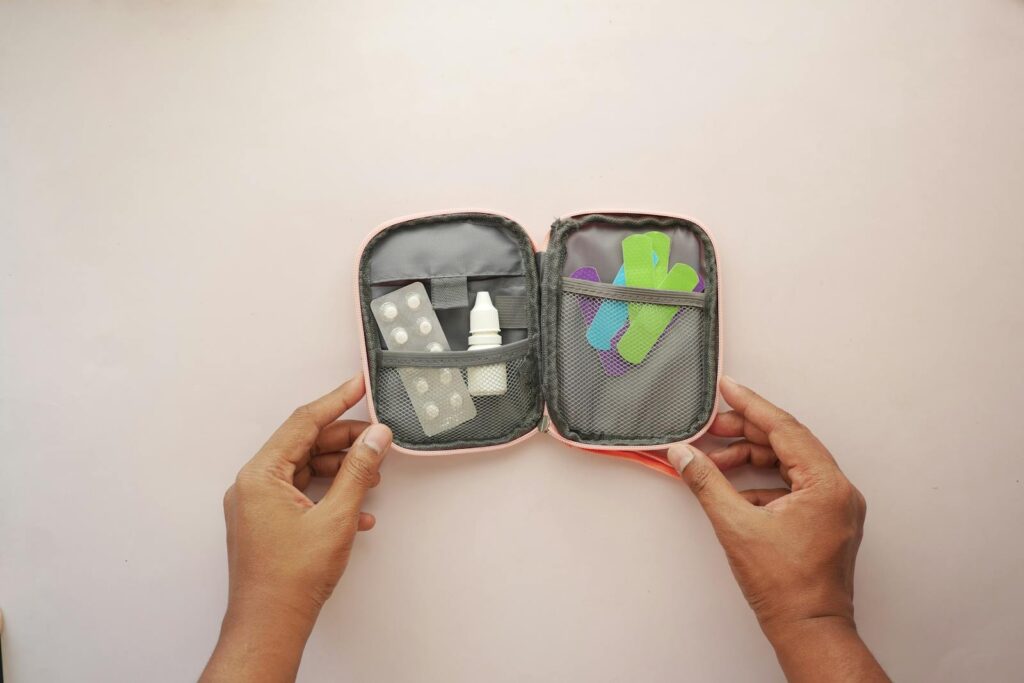
Medications in your wilderness first aid kit should address common issues while remaining stable in variable conditions. Over-the-counter pain relievers like ibuprofen and acetaminophen handle pain, inflammation, and fever—consider packaging these in waterproof containers with clearly labeled dosing instructions. Antihistamines are vital for allergic reactions to insects, plants, or other environmental triggers. Include medication for gastrointestinal issues like antacids and anti-diarrheal tablets, as digestive problems are common in backcountry settings due to water quality and dietary changes. For longer trips, consider adding a broad-spectrum antibiotic (prescription required) for treating infections when evacuation isn’t immediately possible. Always check expiration dates before each trip and understand the proper usage of each medication you carry, including potential side effects and contraindications.
Tools and Instruments for Treatment
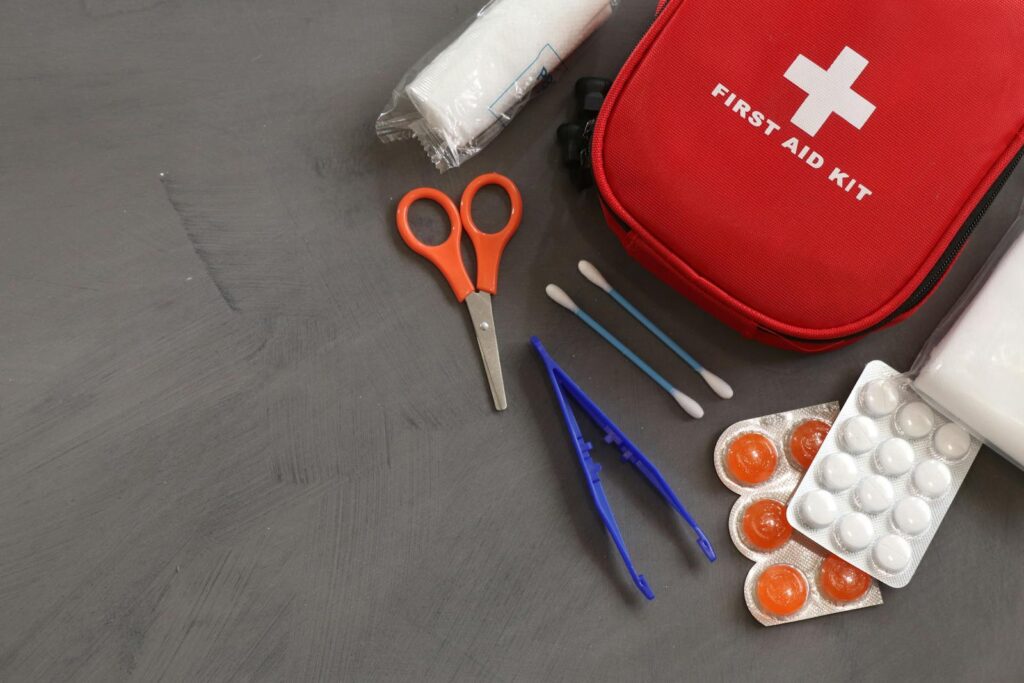
Specialized tools enhance your ability to provide effective wilderness first aid without adding significant weight. Fine-tipped tweezers are essential for removing splinters, ticks, and debris from wounds—look for precision models with good grip surfaces. Include a pair of small scissors capable of cutting through clothing, tape, and bandages. A compact LED penlight helps with night examinations and looking into ears, throats, or wounds. Consider adding a digital thermometer to assess fevers, which can be crucial in determining the severity of an illness in remote settings. Some experienced wilderness travelers include a small magnifying lens for better visualization when removing foreign objects from skin or eyes. For multi-day backcountry trips, irrigation syringes allow for effective wound cleaning with limited water supplies.
Blister Prevention and Treatment

Blisters represent one of the most common wilderness injuries, potentially turning an enjoyable trek into a painful ordeal. Your kit should include multiple sizes of moleskin or specialized blister dressings that can be cut to fit the affected areas. Pre-emptive application on hot spots before blisters form can prevent many problems. Include small scissors dedicated to cutting these materials to exact specifications. Athletic or medical tape provides additional protection for vulnerable areas during extended hiking. Some experienced hikers add small packets of antibiotic ointment specifically for blister care, as these wounds can easily become infected in wilderness conditions. Hydrocolloid dressings represent a modern approach to blister management, creating an ideal healing environment while protecting the area from further friction damage.
Emergency Response Items
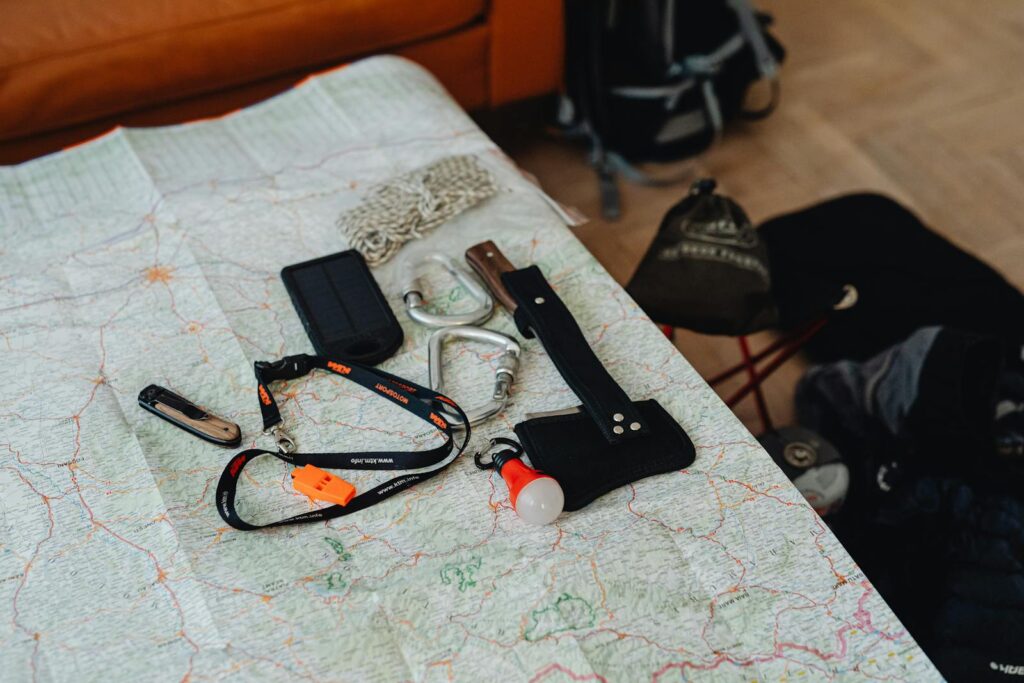
Certain items in your kit address serious emergencies requiring immediate intervention before evacuation. A CPR face shield or mask provides protection when performing rescue breathing, an important consideration in wilderness settings where patient history may be unknown. Include a space blanket or emergency bivvy to prevent or treat hypothermia, which can occur even in mild conditions when injuries limit movement. A tourniquet designed for emergency bleeding control could be lifesaving in situations involving severe hemorrhage, though proper training in its use is essential. Signal devices like a whistle or small mirror can help rescue teams locate you in emergency situations, especially in dense forest or mountainous terrain. For advanced wilderness travelers, consider including chest seals for penetrating chest wounds if your activities include higher-risk pursuits like hunting.
Environmental Emergency Supplies
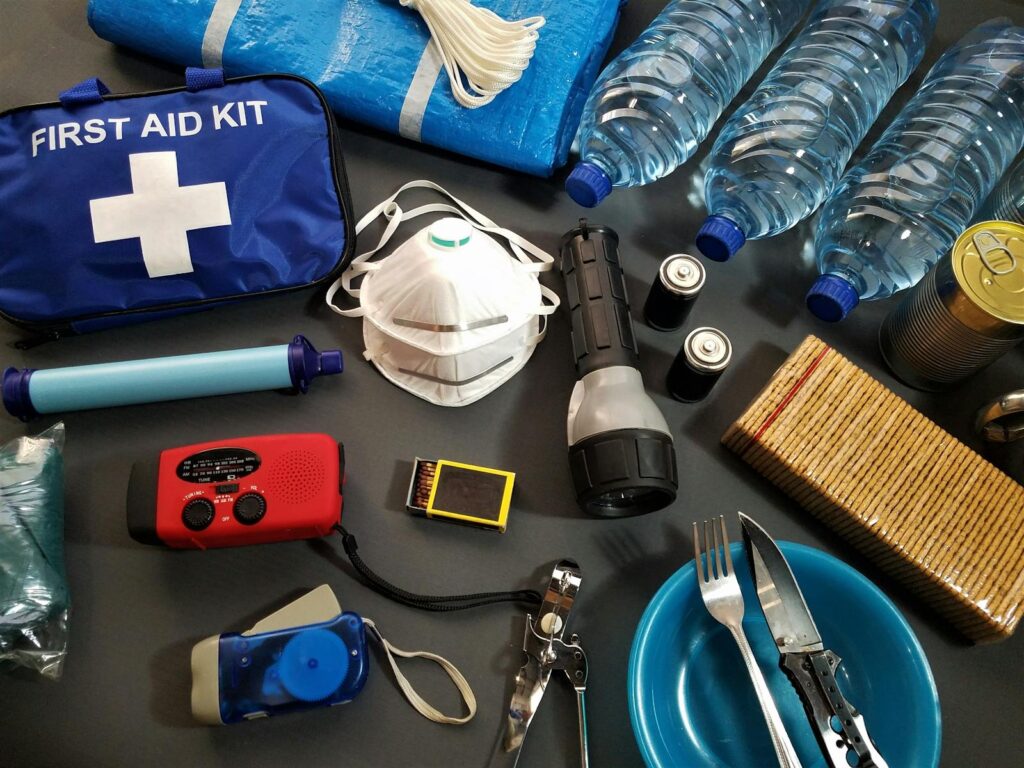
Different environments present unique medical challenges requiring specialized items in your kit. For high-altitude expeditions, include medications for altitude sickness like acetazolamide if prescribed by your physician. In snake country, a compression bandage suitable for pressure immobilization technique might be warranted, along with a snakebite identification card. For desert environments, electrolyte replacement packets help address heat-related illnesses and dehydration. Cold-weather adventurers should add chemical hand warmers and additional materials for treating frostbite and hypothermia. If your adventures take you to tick-prone areas, include specialized tick removal tools designed to extract the entire tick without compression. These environment-specific additions ensure your kit addresses the particular risks of your chosen adventure landscape.
Documentation and Reference Materials

Knowledge complements supplies in wilderness emergencies, making reference materials valuable components of your kit. Include a pocket-sized wilderness first aid guide covering assessment and treatment protocols for common outdoor emergencies. Create a small waterproof card with emergency contact information, including local search and rescue numbers for your destination area. Document any allergies, medications, and medical conditions for everyone in your group, which can be critical information for rescuers if someone becomes unresponsive. Some wilderness travelers include simplified treatment algorithms for high-stress situations like cardiac events or severe allergic reactions. For international travel, add a basic medical translation card with key phrases in the local language to communicate emergency information to non-English speakers.
Weight Reduction Strategies
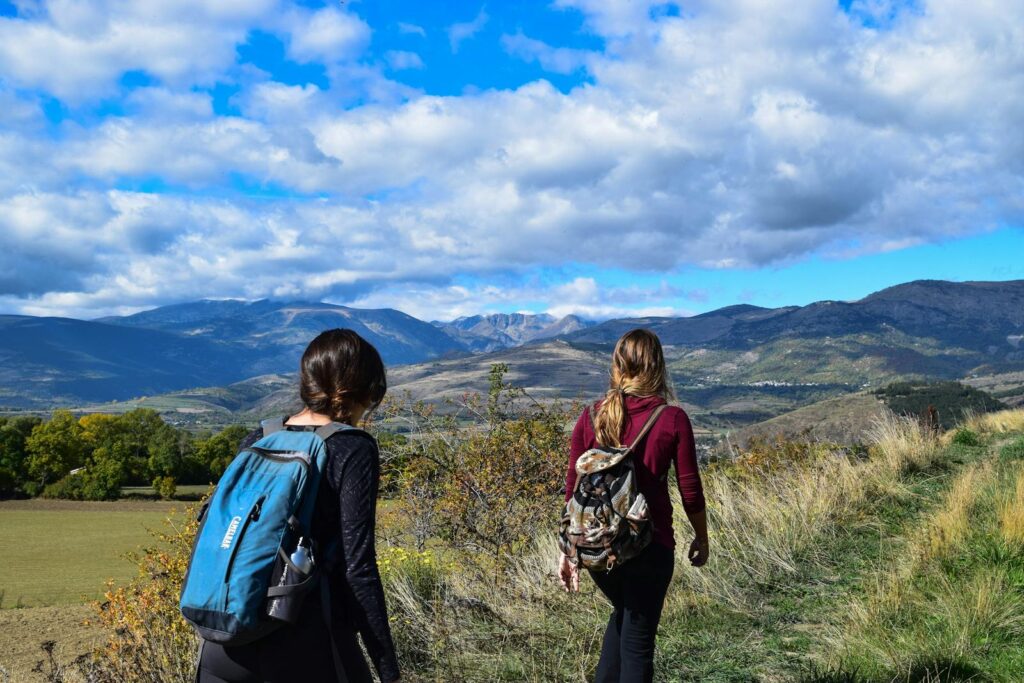
Minimizing weight while maintaining functionality requires strategic approaches to kit assembly. Repackage medications and ointments into smaller containers, clearly labeled with contents and expiration dates, instead of carrying original packaging. Consider dual-purpose items like duct tape wrapped around hiking poles or water bottles rather than carrying a separate roll. Evaluate each item through the lens of probability and consequence—items addressing high-probability, high-consequence scenarios deserve priority in weight-conscious kits. Ultra-lightweight backpackers often share certain first aid supplies among group members to distribute weight while ensuring all necessary items are available. Remember that skills and knowledge weigh nothing, making wilderness first aid training one of the most weight-efficient preparations you can make for backcountry emergencies.
Maintenance and Updates
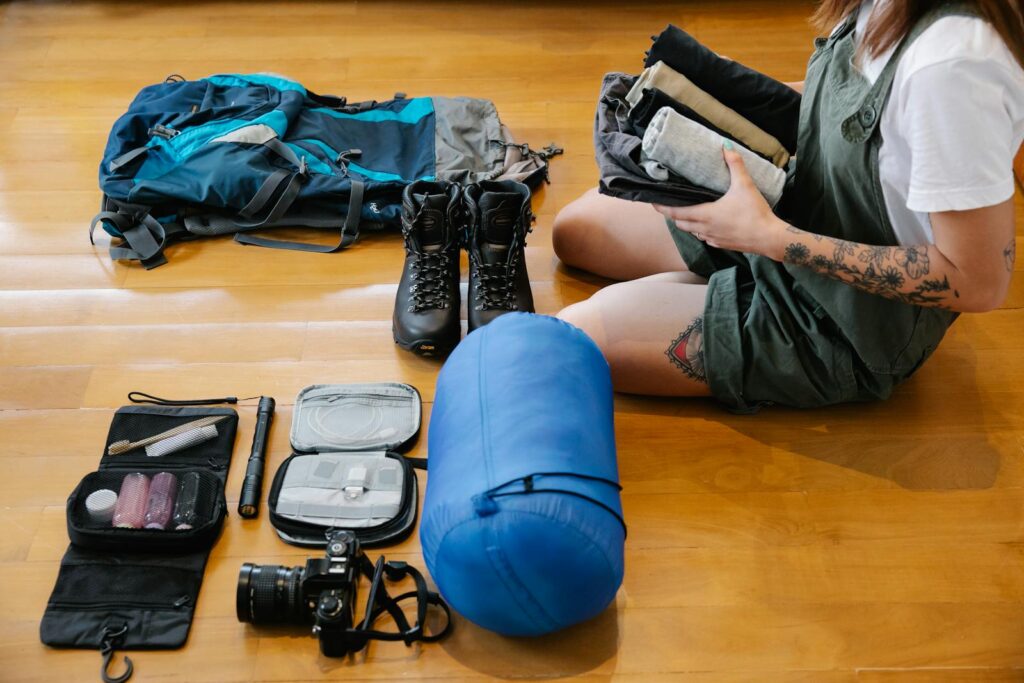
A first aid kit requires regular attention to remain effective when needed. Establish a calendar reminder to check your kit before each season or major trip, inspecting for expired medications and damaged or depleted supplies. After using any components in the field, replenish them immediately upon returning home to ensure readiness for your next adventure. Consider performing a complete inventory twice yearly, comparing contents against your master list to identify missing items. Exposure to extreme temperatures can degrade certain supplies, particularly medications and adhesives, so store your kit in moderate conditions between trips. Update your kit based on lessons learned during actual use—if you consistently need more of certain supplies or find others unnecessary, adjust accordingly to optimize for your specific adventures.
Training and Skill Development
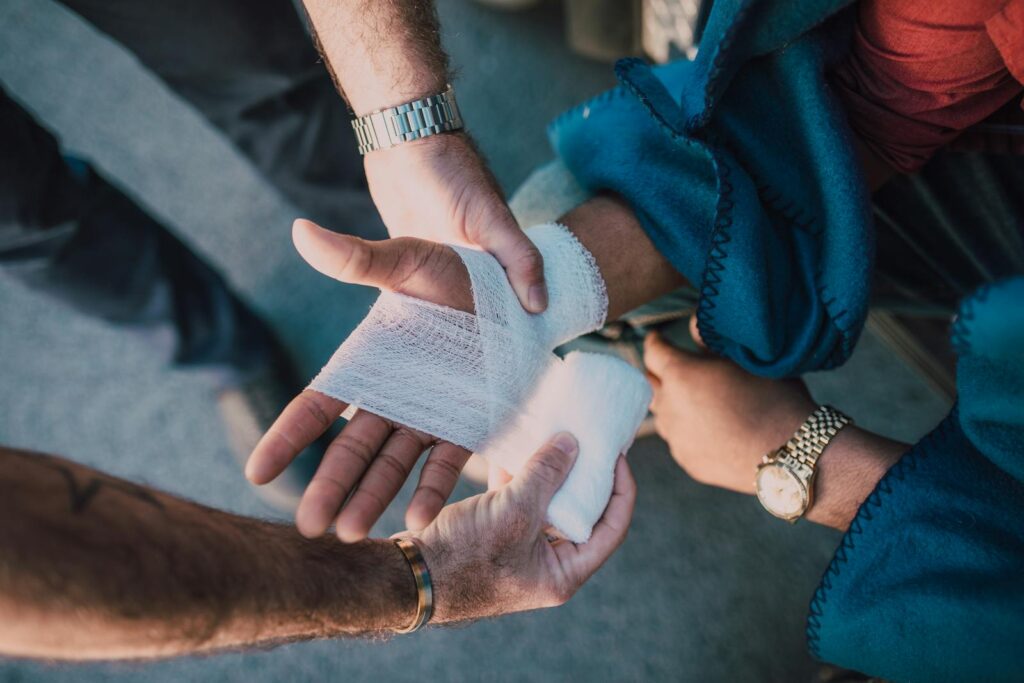
The most comprehensive wilderness first aid kit becomes significantly more effective when paired with proper training. Consider enrolling in a Wilderness First Aid (WFA) or Wilderness First Responder (WFR) course specifically designed for backcountry medical scenarios. These specialized programs teach assessment and treatment techniques appropriate for remote settings where evacuation delays are expected. Practice using the components of your kit before emergencies occur—familiarize yourself with how to apply various bandages, use splinting materials, and administer medications under field conditions. Scenario-based practice with friends or fellow outdoor enthusiasts builds confidence and competence for real emergencies. Remember that in wilderness settings, your knowledge and improvisation skills often prove more valuable than the specific contents of your kit, making ongoing education an essential component of wilderness preparedness.
Conclusion

Creating a personalized lightweight wilderness first aid kit represents an important balance between preparedness and practicality. By carefully selecting items based on your specific needs, environmental factors, and trip parameters, you can assemble a kit that provides comprehensive coverage without unnecessary weight. Remember that your first aid kit is a dynamic system that should evolve with your experience, changing adventure profiles, and advances in wilderness medicine. Combined with proper training and regular maintenance, your customized kit becomes not just a collection of supplies, but a critical safety system that enhances your wilderness experience by providing confidence and capability when challenging situations arise. The best wilderness first aid kit is one you’ve thoughtfully created, thoroughly understand, and hopefully rarely need to use.

